Solutions Based on Measurement Technology
Having had its One Child Policy for many years, China is now facing an emerging social problem in the form of a rapidly aging population, creating an urgent need to make provisions for elderly care. This article explains the concepts behind a Hitachi solution for the elderly in China that is based on the aims of encouraging support for self-reliance and extending healthy lifespans, and involves the use of advanced measurement techniques for monitoring the mental and physical health of the elderly in their daily lives to help them remain healthier for longer and improve their quality of life. The article also describes a demonstration experiment conducted in China.
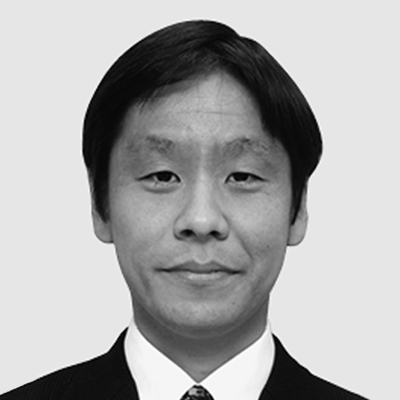
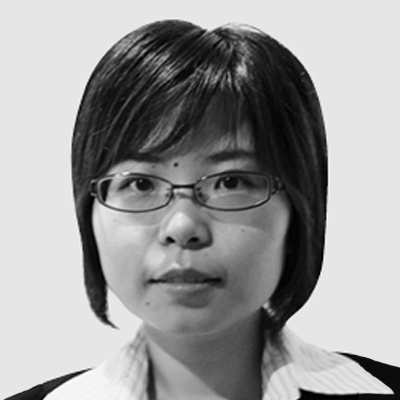
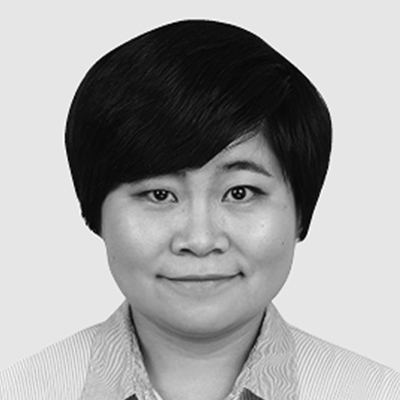
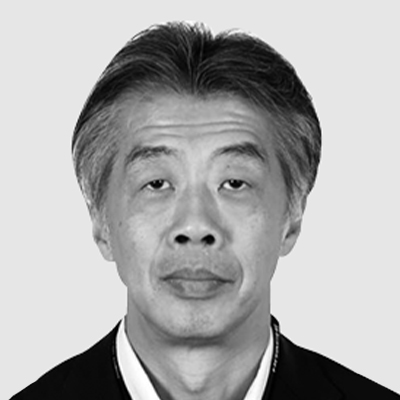
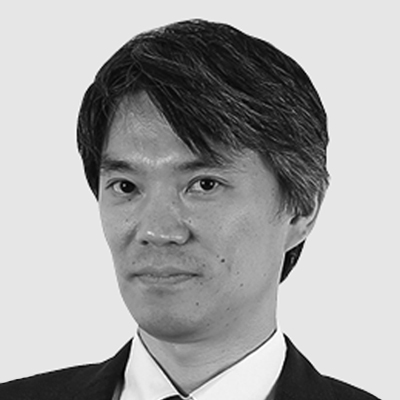
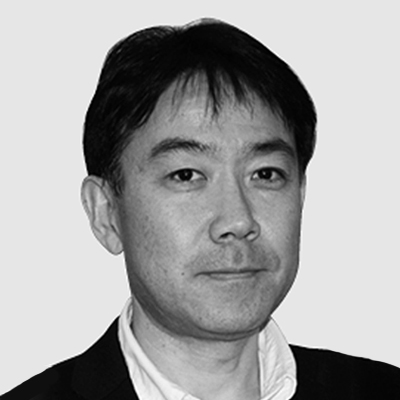
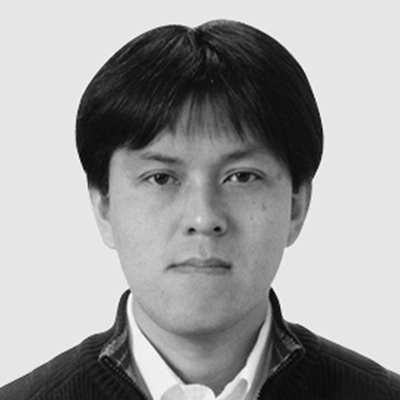
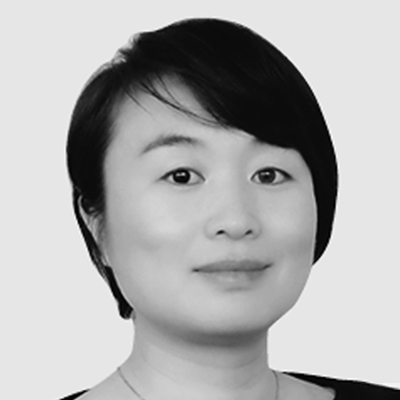
After having its One Child Policy in place for many years, China is now facing a rapidly aging population. The number of people aged 65 or older already passed 7% in 2002, putting the nation into the “aging society” category as defined by the United Nations. This aging of the population is only expected to increase in the future, with the number of people aged 65 years or older expected to approach 300 million by 2035 (see Figure 1).
Although China, underpinned by strong economic growth, has been the world's second largest economy by gross domestic product (GDP) since 2010, incomes measured by per capita GDP remain lower than in other developed nations such as Japan. This has led to “wei fu xian lao” (getting old before getting rich) becoming a major social problem.
The Chinese government started taking steps to socialize and industrialize nursing for the elderly from around 2007, introducing a variety of policies aimed at achieving this. Two key policies that express future plans for the development of the elderly care industry in China were the “Twelfth Five-Year Plan of China on Ageing Undertaking Development” published in September 2011 and the “Social Endowment Service System Construction Plan” in December of the same year.
In response to a severe shortage of elderly care facilities, a target was set of doubling the number of beds by 2015 (from 15 to 30 beds per 1,000 elderly) and work proceeded on key policies that included putting the infrastructure for such facilities in place, establishing a social security system, and expanding community and home care services. A particularly well-known example is the “9073 model (or 9064 model)” (90% home care, 7% community services, and 3% institutional care).
These policies resulted in a significant increase in the number of beds. The total number of beds at elderly care facilities across the country as of the end of 2016 rose to about 7.3 million, corresponding to 30.3 beds per 1,000 elderly and indicating that the doubling target was largely achieved. Unfortunately, the level of service was frequently below what users expected due to the facilities being inconveniently located or the shortage of care workers, with the result that the national average for occupancy rates was no more than about 50%. One problem in particular is the shortage of care workers able to work in areas where specialist care is required, such as dementia and chronic illness.
This led to the introduction of policies aimed at raising service levels as part of the Healthy China 2030 Plan of October 2016 and the “13th Five-Year National Plan for Developing Undertakings for the Elderly and Establishing the Elderly Care System” of February 2017, integrating medical and care services (“yi yang jie he”), training specialist staff, and establishing an insurance system for long-term care (launched on a trial basis in 15 cities from 2016).
These plans also included an explicit objective of shifting toward a system based on private-sector service providers, including reducing the percentage of government-run beds to 50% or less. It is anticipated that entry by private-sector companies into the market will only increase in the future, and that delivering services able to satisfy a diversity of needs will become an important requirement for the operators of services for the elderly.
Figure 1—Forecast of China’s Elderly Population China is aging rapidly, with the number of people aged 65 years or older expected to approach 300 million by 2035.
China is aging rapidly, with the number of people aged 65 years or older expected to approach 300 million by 2035.
This section introduces an overview of a solution devised by Hitachi for the elderly in China.
Hitachi's portfolio of businesses in Japan includes those such as Hitachi General Hospital and Hitachi Life, Ltd., which provide medical and care services for the elderly. Examples include advice on how to control blood sugar levels to avoid exacerbating the symptoms of diabetes, work on encouraging wider use of low-dose computed tomography (CT) medical checkups, private rest homes for the elderly with inclusive care, and the provision of care services such as home visits and small-scale home help services that provide a wide range of assistance. Hitachi now intends to draw on this experience and know-how to deliver solutions for the elderly in China.
Many people in China generally have a positive impression of care services in Japan, with good feedback from those who have visited Japan from China to see these facilities. However, due to cultural differences between Japan and China and differences in institutions and business models, including that China has yet to establish a social insurance system for old age care in all areas of the country whereas Japan has had such a system for about 20 years, directly transplanting services from Japan is not necessarily the best solution with which to proceed.
The first step in Hitachi's investigation into solutions suitable for China was to set an objective of “encouraging support for self-reliance and extending healthy lifespans for the elderly.” This aims to resolve China's social problem of the elderly poor (the “wei fu xian lao”) by keeping people healthy for longer to avoid their becoming bedridden or falling into a state of dementia, thereby balancing better quality-of-life for the elderly and lower social security costs for the nation as a whole.
In order to put the above concept into practice, it is essential to have an accurate and timely understanding of the health conditions of elderly people and to provide appropriate care (such as training). However, the shortages of specialist staff in China described above place a limit on how much can be achieved by any approach that relies on human skills.
In response, Hitachi is aiming to develop a digital care management (DCM) solution for the elderly that improves care services and extends healthy lifespans by utilizing advanced measurement techniques such as optical topography, a finger tapping device with magnetic sensors, and stereo cameras, and by performing analysis and prediction based on the measurements acquired by these instruments together with other medical and lifestyle data (see Figure 2).
Figure 2—Overview of Solution for Elderly in China Hitachi’s solution for the elderly in China makes use of advanced measurement techniques to improve care services and extend the elderly’s health expectancy
Hitachi’s solution for the elderly in China makes use of advanced measurement techniques to improve care services and extend the elderly’s health expectancy
This section summarizes the advanced measurement techniques that underpin the solution devised by Hitachi for the elderly in China.
Optical topography techniques obtain information about changes in the concentration of hemoglobin (Hb) in the cerebral cortex by shining near-infrared light on the scalp and measuring the attenuation of the light that is scattered and reflected back. Brain activity in the frontal lobe can be measured using portable brain activity-measuring equipment that makes use of optical topography techniques. By knowing information about brain activity that is not accessible via external examination, individually-suitable brain training can be found.
The finger tapping device with a magnetic sensor measures the tapping motion of the thumb and index fingers on both hands using a magnetic sensor. Research examples have demonstrated extracted tapping patterns distinctive of patients with Alzheimer's disease that were obtained from analysis results of the tapping motion measured by the above equipment. It is expected to help establish a simple inspection method for the early detection of Alzheimer's in the future.
Stereo cameras are sensors that, using 2 cameras placed on the left and right, measure the distance to the same object from different viewpoints (parallax) by the principle of triangulation. This technique has been used for purposes such as vehicle periphery sensing to achieve autonomous driving. Hitachi is also currently developing a technique that analyzes the walking ability of the elderly by making use of this technique.
This section describes an overview of demonstration experiments that were conducted to evaluate the viability of the solution at an elderly care facility in Tianjin, China from April to May 2018.
The experiment ran for approximately one month from mid-April 2018 at an elderly care facility operated by Sino-Fortune Senior Industry (Tianjin) Co., Ltd. in Tianjin, China, with the assistance of facility staff and participation by approximately 40 elderly people who lived nearby and agreed with the project aims.
The experiment had the participants visit the facility once a week (four times in total), although in practice not everyone was able to make the full four visits because of inconvenience. Participant activities included brain function training. They were split into two groups, one of which also received physical training intended to improve posture and movement that was provided by the facility under the supervision of a Japanese company, Mediva Inc. Participants were also measured before and after receiving this training using above described portable brain activity measuring equipment, finger tapping device with magnetic sensors, and stereo cameras (see Figure 3), and were surveyed about their impressions of the program on its final day.
Note that this demonstration experiment was not undertaken for medical purposes and its results are not intended to demonstrate whether any particular training has medical benefits. Furthermore, the measurement equipment used was not medical equipment.
Figure 4—Change in Brain Activity before and after Training The demonstration experiment results showed an increase in brain activity after receiving the training for all but week four of the program.
The demonstration experiment results showed an increase in brain activity after receiving the training for all but week four of the program.
Figure 4 shows some of the experiment results. An analysis of the data collected by the brain activity measuring equipment found an increase in brain activity among the group who received the elderly-specific physical training menu. The Nth week shown in the graph is the average figure for the participants that week (those who received physical training). The vertical axis shows how much brain activity changed before and after training, with a positive number indicating that brain activity was higher after the training. The results show higher brain activity after the training for all but the fourth week. This suggests that the physical training may have had a positive impact on brain activity. Note that data quality was reviewed prior to analysis (such as checking for abnormal values indicative of a problem during measurement), and data that did not meet certain criteria were excluded before calculating the statistics. Accordingly, the parameter (n) shown in the graph is not same as the number of the participants.
On the other hand, analysis was also conducted looking at the change in brain activity over four weeks rather than a single day, and it did not find a significant difference between the group that received physical training and the one that did not. This is believed to be due to the shortness of the project (just one month) and the low number of training sessions (only one per week).
Also, the demonstration experiment received positive responses from participants, with approximately 92% reporting on the survey that they would like to continue (from a total of 24 valid responses). In particular, 75% said that brain function measurement was their “most favorite” part of the project, indicating a high level of interest in their own brain function.
The idea of “self-reliant support” nursing is comparatively new in China and not yet widespread. Accordingly, Hitachi exhibited at trade shows for the elderly care industry and found a demand for its aims of encouraging support for self-reliance and extending healthy lifespans for the elderly.
Hitachi's booth received more than 2,000 visitors during the two-and-a-half days of the China (Beijing) International Chinese Medicine Health Service Expo held in Beijing from August 29 to 31, 2018. There was a high level of interest in cutting-edge measurement technology in particular, with the section of the demonstration booth attracting approximately 260 visitors for the brain activity measuring equipment, 160 for the finger tapping device with magnetic sensors, and 100 for the stereo cameras (see Figure 5). A survey to which 375 people provided valid responses found that approximately 67% “strongly sympathized” Hitachi's aims, increasing to 86% when those who “sympathized” with the aims were included. Thanks to the sympathy of many people and business persons, Hitachi is confident in the future prospects of its concept.
Establishing the institutional infrastructure for elderly care is an urgent task for China, a nation experiencing a rapid aging of its population. Based on its aims of encouraging support for self-reliance and extending healthy lifespans for the elderly, Hitachi is seeking to use advanced measurement techniques to offer efficient solutions. Experience to date, including exhibiting at trade shows, has demonstrated the strength of demand in the Chinese market. In the future, Hitachi intends to contribute to solving China's elderly problem by rapidly bringing its services to market.